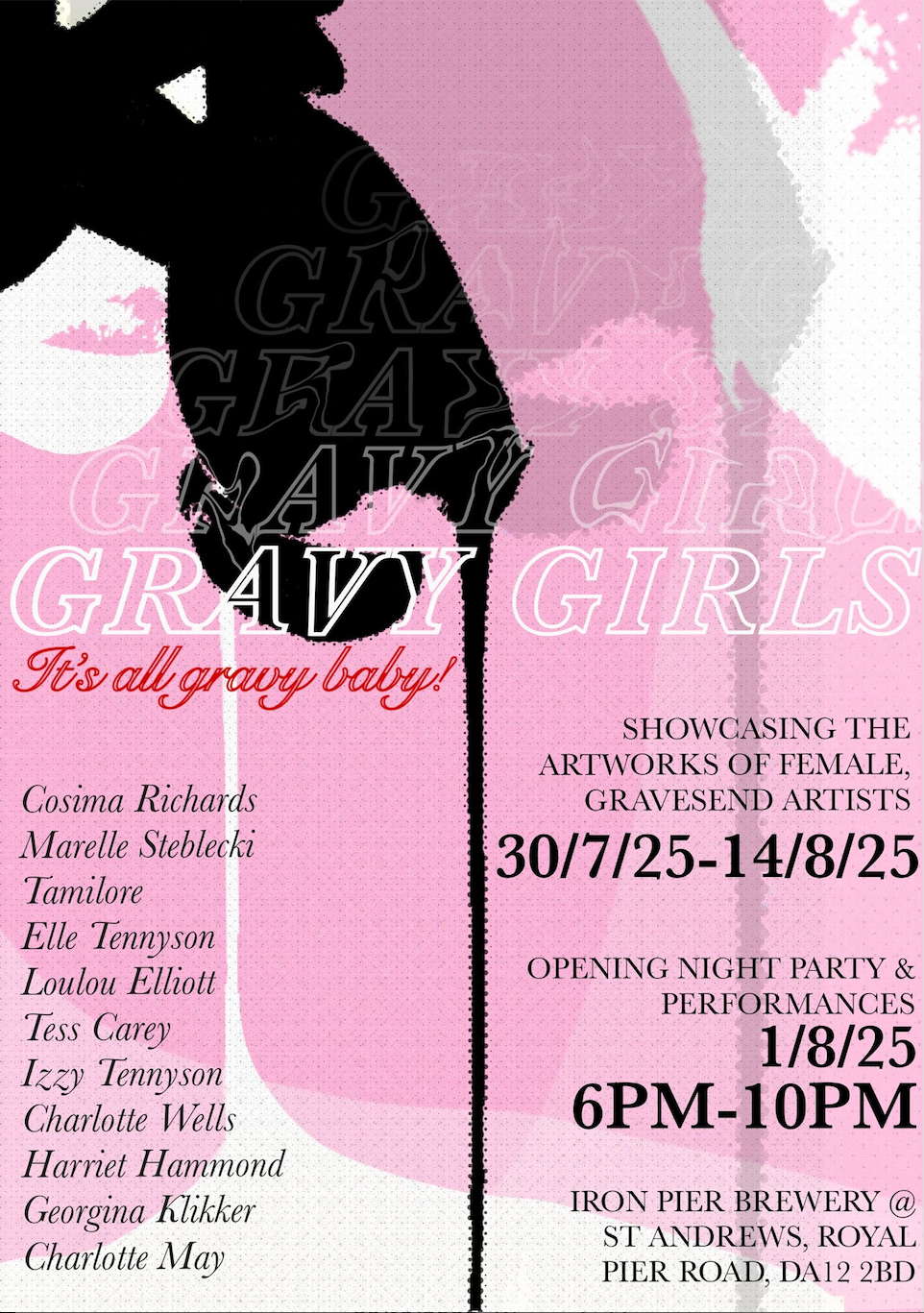a look back / edward burne-jones at tate britain
- elletennyson

- Aug 22, 2020
- 4 min read
Updated: Mar 22, 2023

Edward Burne-Jones, a Pre-Raphaelite painter, was honoured with an exhibition at Tate Britain that ended in early 2019. His prominence in the Pre-Raphaelite movement is mostly sidelined by the fame of its founders Dante Gabriel Rosetti, John Everett Millais and William Holman Hunt. His work may be slightly overlooked given that he was also rooted within the Symbolist movement as well as contributed to the Arts and Crafts movement by co-founding a decorative arts firm with his university friend, the textile designer William Morris. Burne-Jones was the master of many talents, as the exhibition proved. He was mentored by both Rosetti and the influential art critic and patron John Ruskin, both predominant figures in the British art scene. His work spanned across canvas, textiles, stain-glass windows and furnishings enriched with a sumptuous palette of jewel colours.
Above all his professions, painter, craftsman, designer and draftsman, Burne-Jones was first and foremost a storyteller. As the Industrial Revolution steam rolled its way through Victorian England, Burne-Jones locked himself away in his studio, rejecting the cultural advancements to bury himself in medieval tales of fantasy and romance, that became the main subject of his work. His obsession with the past allowed nostalgic viewers to witness the reunion of two lovers in the midst of a ruined castle, follow Arthurian heroes on their conquests and happen upon a scene of maidens frozen in their slumber, surrounding a sleeping princess, whose long-awaited prince makes his way to her, several canvases away as he passes her dormant guards. Many have long been enamoured by his enchanting paintings depicting tales of myths and legends, some of which were his own narrative, such as ‘The Golden Stairs’ capturing a scene in which a parade of unknown deities, young women descending a spiral staircase, each carrying a delicate instrument.

Sketch of The Golden Stairs
Several rooms of the exhibition delved into the artist’s fascination with ancient Greek mythology. The Grecian sorceress Circe, famed for turning her captives into swine, is seen hurriedly emptying a vial of her potion into her wine jar. Her crouching posture mimicking her two tame panthers at her feet, who snarl as a small fleet of ships can be seen approaching from her window. The lustful goddess Venus, sits sulkily on a winged throne as the personifications of Anger, Envy, Suspicion and Strife violently squabble around her. Her darkened face stares out to a group of nervous women who shield their naked bosoms huddled in a corner dismayed by the chaos. “The Wine of Circe” and “Venus Discordia” are single paintings within the exhibition, that captured a single scene but for some of his depictions, Burne-Jones felt that more than one painting was required in order to tell a story in its entirety.

Sketch of The Wine of Circe
He dedicated ten paintings to the retelling one of the most famous of Greek myths, the slaying of the terrifying gorgon Medusa by the valiant hero Perseus. The hero’s journey, starts from his blessing from the goddess Athena, his negotiations with the Graiae and his arming by the sea nymphs before he faced with his murderous foe. His slaying of Medusa brings the birth of winged horse Pegasus, and his arduous journey back which saw him face the titan Atlas and a sea monster that was sent by Poseidon to sacrifice a beautiful naked princess. The series ends with ‘The Baleful Head’ set in a heavenly garden, Medusa’s head framed in the trees above a basin of water, her image reflected alongside Perseus and his new love Andromeda.

Sketches from The Perseus Series of paintings
An element that is never void from his paintings and tapestries is beauty. Like many of the Pre-Raphaelites, Burne-Jones is incapable of depicting his models as anything short of beautiful. The most monstrous of characters such as Medusa, her gorgon sisters and the Graiae, who are classically depicted as old and grey like their name suggests, match the prettiness and elegance of their anthesis, the innocent princesses and sweet maidens. There is a hindrance to applying undeniable attractiveness to each character. Many of the heroine’s eyes are glazed over in daydream, vacant of thought or expression, their lips continuously pout moodily in scenes of tragedy, happiness, love and loss, stiff delicate faces that are unable to convey emotion, much like the Botox applied faces of Instagram of nowadays. Burne-Jones seems to celebrate only one type of beauty within his men and women, changing their appearance only slightly from canvas to canvas.

Sketches from the Sleeping Beauty series of paintings
Getting lost among the tales of Burne-Jones was a truly enchanting experience as a lover of mythology and legends. His craftmanship was displayed at its fullest with evidence of his drawings, paintings, designs in textiles and stain-glass, leaving no doubts of his talent. His images are a glorious feast for the eyes and awakens the nostalgic sense of wonder and imagination you experienced as a child, flicking through your favourite illustrated storybook and listening to your grandmother reading you to sleep. One can forgive his rather narrow sense of beauty, after being transported into such incandescent scenes.




Comments